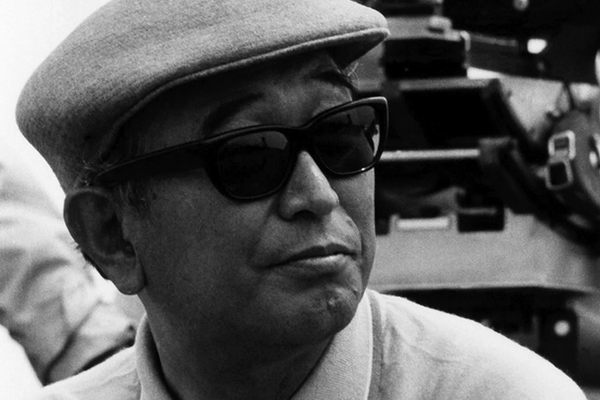On the border of Atwater Village in Los Angeles, artist Geoff McFetridge is hunched over a sketchpad with some rare Acid House percolating through a speaker in the corner of his studio. He’s fine-tuning six different drawings at once, a collection of unrelated ideas articulated in pencil, pen and ink. It’s the way he prefers to work. Every part of the scene is signature Champion Graphics, the product of a one-man studio with a creative identity only Geoff could design.


Known for his simple style, Geoff straightens, bends and extends lines to convey an intended visceral reaction. There’s a familiarity in his work, an implicit egotism communicated through a vernacular needing no translation. Many would recognize that consistency through the titles of Spike Jonze’s “Where The Wild Things Are” or the interface design for the movie “Her". Some might have flicked past a page featuring one of his illustrations in The New York Times or The Atlantic. MTV, Nike, Target, Oreo and Silicon Valley sweethearts Warby Parker have all tapped into his creative well; the list of work is endless and it’s all unmistakably his style. But how does he pull it off? “I went to school for graphic design, graduated and started making work. I wanted to define what being a designer meant to me,” he explains. In many circles the fine artist and graphic designer don’t play well together. The artist thinks in terms of interpretation where the designer is often limited to the jargon and parameters of helping the masses understand an idea. “Most of the time, I’m almost never working as a designer in a traditional way – creating some sort of identity that travels over many different aspects but is cohesive and unifies a series of ideas across multiple platforms.” He laughs at the prospect. But it wasn’t always this way.




Like a lot of LA-based artists, Geoff’s roots run deep in skateboarding, the lifestyle and art that grew from it. “Craig Stecyk and Thrasher Magazine – all that was like hard drugs to me. So of course I spit out my version of that to the next generation. But much of where I come from is wheelspin,” he remembers. It’s easy to get pigeonholed in that world. With effortless intention, his career evolved just by virtue of his talent; however, it is important to mention the indelible mark he made on the scene with Girl Skateboards graphics, his own Solitary Arts and who-could-forget skateable installation at the seminal Beautiful Losers art show that canonized the talents of fellow artists Barry McGee, Ed Templeton and Shepard Fairey. Standing sideways isn’t the only investment that Geoff has made in the live/work balance. When it snows, he straps on a pair of Telemark skis, a sport he maintains is “kooked out” and inevitably ends in a face plant. Calling Los Angeles home also means surfing fits in somewhere between painting a massive mural or making work for an international art show. He’s also been known to race cyclocross and push his limits of endurance with long-distance running. As expected, this has all crossed over into client work for Patagonia, Giro Helmets, Salomon Skis and a litany of other outdoor-inspired companies. However, with sports and work he says, “I’m really interested in the parallels but also the separation between the two.”




Geoff has touched just about every part of that spectrum, adding his voice into the milieu and getting seriously validated for it. Earlier this year, he won the prestigious Cooper Hewitt Smithsonian Design Museum's National Design Award, an accolade typically reserved for internationally recognized agencies at offices filled with dry erase boards and fancy incentives to attract new employees. Flying solo, he is now canonized with an international audience of his peers. “It was interesting to get a design award because I’ve always thought of myself as a designer who is functioning as an artist,” he jokes. It’s easy to see why; his work is culturally legible and consistent. “Simplicity can read very quickly and in some ways is clear. Clarity is always reaching to express a feeling or something emotional. I create piles and piles of drawings of versions of things that fail instantly. But I keep refining them, which is a process in and of itself. A very simple drawing then starts to succeed at expressing that very simple idea,” he explains. Soon Geoff will be starting work on two massive murals, one for a train station wall in Ottawa and another for a similar setting in Inglewood. Fender Guitars’ LA offices will also get to live in and amongst one of Geoff’s large-scale pieces. It’s hard to imagine the painstaking hours and days of tedium but in typical McFetridge fashion, he’ll take a deep breath, go inward and get it done one line at a time.



